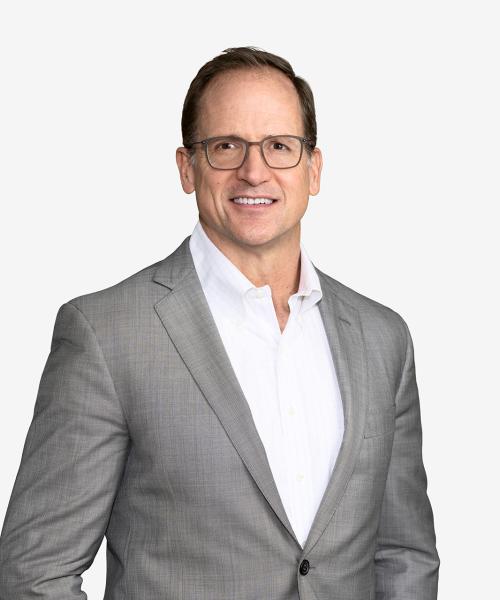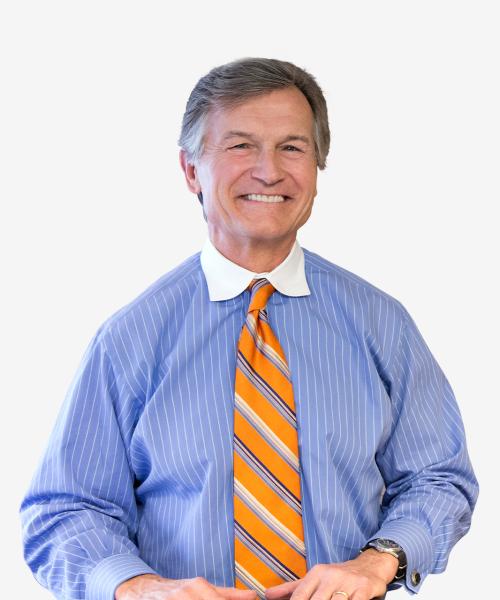Qualified Opportunity Zones: An Introduction to New Opportunities under the 2017 Tax Cuts and Jobs Act
The Tax Cuts and Jobs Act of 2017 created new incentives for investment into certain communities throughout the United States that have been designated as Qualified Opportunity Zones (QOZs) by the U.S. Treasury Department. Recently, the Internal Revenue Service (IRS) and Treasury Department issued proposed regulations to clarify the rules regarding the mechanics of investing in QOZs via the establishment and operation of Qualified Opportunity Funds (QOFs).
The newly released regulations explain how investors can take advantage of the statute’s unique opportunity for deferral and exclusion of capital gains taxes by investing in designated distressed communities or QOZs. In doing so, it is important to understand what a QOZ is, know the mechanics of investing in QOZs via QOFs, and be aware of some of the opportunities—and the risks—that this new regulatory scheme presents.
Under the regulations, investors can defer tax on their invested capital gains for up to eight years, and can benefit from a 15 percent basis step-up along the way (i.e. only 85 percent of the original invested amount of capital gain would be subject to tax at year eight). Moreover, if investors wait to sell or exchange their investments until at or after 10 years, their basis gets stepped up to the fair market value of the investment at the time of the sale or exchange (i.e. additional gain attributable to the increase in the value of the QOF investment is not subject to tax).
The bottom line: these regulations create exciting new opportunities for individuals, businesses, and communities, compelling not just for the tax benefits, but also for the opportunity to do impact investing in local communities around the country; QOZs exist in every state and every major city has one or more QOZ.
Contacts
- Related Industries
- Related Practices

